There is a lot you know about your pooch like his favorite meal, toy, and so on. But how well do you know your dog’s age? It’s a mystery for most people but there are ways to reveal the answer to that question!
A closer look at your pup’s teeth will give you an idea on how old he is – or at least a rough estimate. The same goes with observing his usually daily patterns and noticing the activity level or mobility. Generally, the less active a dog is, the older they are.
If you’ve had little Fido since his puppy stage, telling how old he is may be easy. But what if you’ve adopted an older pooch? These 9 ways on how to tell the age of a dog can help you figure it out.
9. Check Their Teeth

And lastly, check your dog’s chompers to determine his age. Canines that are one year of age will begin to show some teeth problems, although not alarming. But at age five, they may have more tartar and less pointy teeth that appear worn down.
As they get older, they will have cracked, missing, or loose teeth. A thorough inspection of their teeth will help to narrow down clues on their age.
8. Pay Attention To Their Daily Patterns
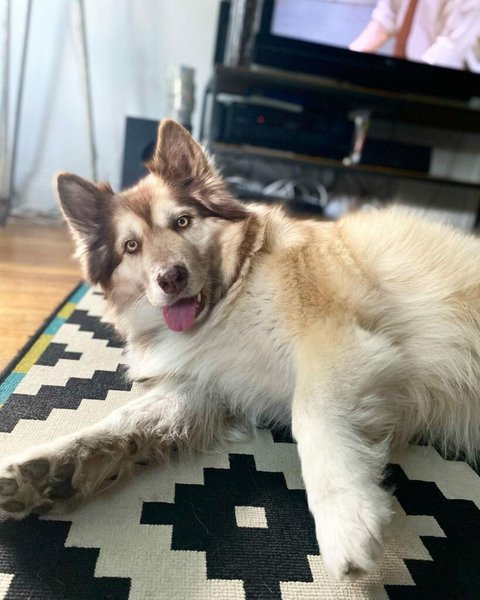
The older a dog gets, the more changes you will notice in his daily pattern. Some senior dogs eat a bit more while others have less appetite. They may also urinate more frequently, which is the case with pups that suffer from urinary incontinence.
Be sure to check your pet’s daily habits and look for signs of a health concern. With urinary tract issues common among older pups, it is best to address it sooner than later.
7. Check For Skin Bumps
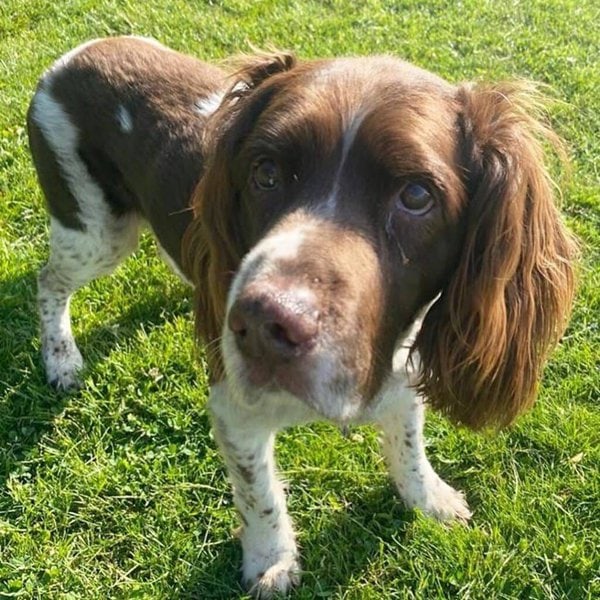
Young puppies have smooth and a bit of loose skin. However, it changes over time as they blow their birthday candles year after year. And this is another thing you can look for when figuring out a dog’s age.
Canines in their senior years tend to have lumps or bumps on their skin called lipomas. These benign fatty masses may develop at age six or sometimes earlier, in a few pups.
6. Observe Any Changes In Cognitive Function

Just like with humans, an older dog’s cognitive function declines as years go by. This is what experts call “Canine Cognitive Dysfunction.” It impacts their memory, as well as their overall behavior.
One sign of CCD is mental confusion and in some cases, house training accidents. It is common among canines that are 15 years of age and also observed in middle-aged dogs.
5. Inspect Their Eyes
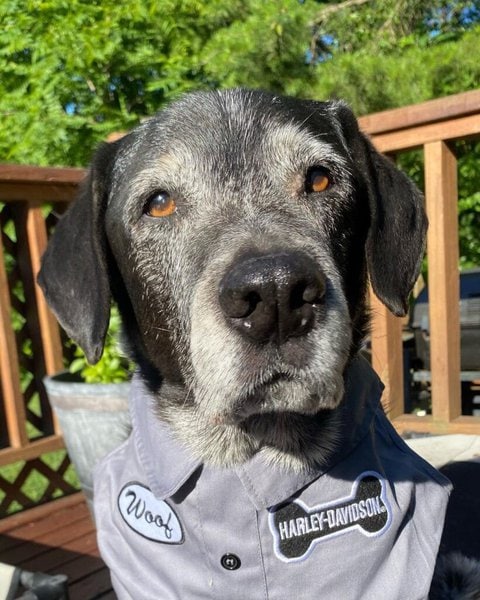
They say that the eyes are the window of one’s soul. In the case of your dog, it is also a window to their true age. A look at their eyes will help you have an idea on how old they really are.
Senior dogs develop cloudy eyes with some discharge. This usually occurs when a pooch turns 6 to 8 years of age. There are even some dogs that completely lose their vision because of old age or develop cataracts.
4. Examine Their Muscles And Build

Puppies generally have rounder bodies with barely any muscle tone. And no matter what their breed, their paws tend to appear oversized. Yet, their build changes as they age.
Middle-aged pups have more visible muscles. They also lose the rounder, soft bodies they once had, appearing more defined. But for senior dogs, they may either carry a bit more weight or become slightly bony with reduced muscle tone.
3. Notice Their Mobility
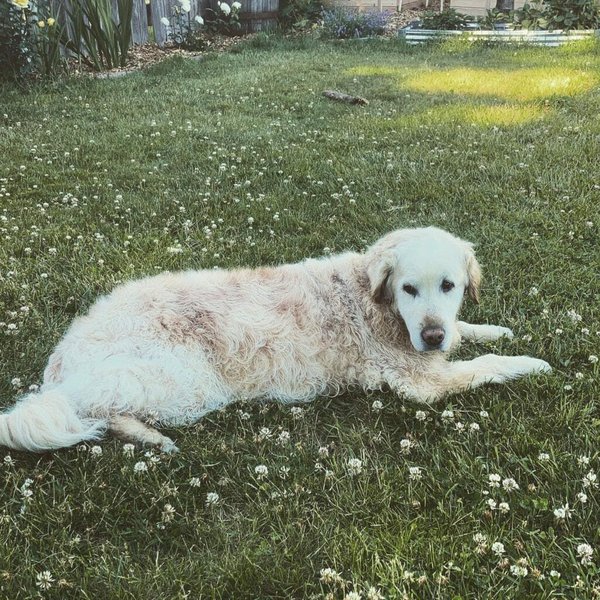
Young dogs are agile fellows that are highly interested in running around, chasing anything or simply moving more. But with age, canines start having issues with mobility. They may struggle with climbing up and going down the stairs. Their energy level also decreases.
You may observe your senior dog more interested in lounging on the couch or taking a nap instead of romping around. Their gait may also appear less smooth because of joint problems.
2. Check For Hearing Loss

When healthy dogs are in their younger years, their senses are sharp. In particular, they hear very well and can easily respond to your call.
But they don’t stay like that forever. Senior dogs often have some trouble hearing you, which is why they may appear as though they are ignoring you. The truth is that they just did not hear you come in or call them.
1. Look For Graying Of The Fur
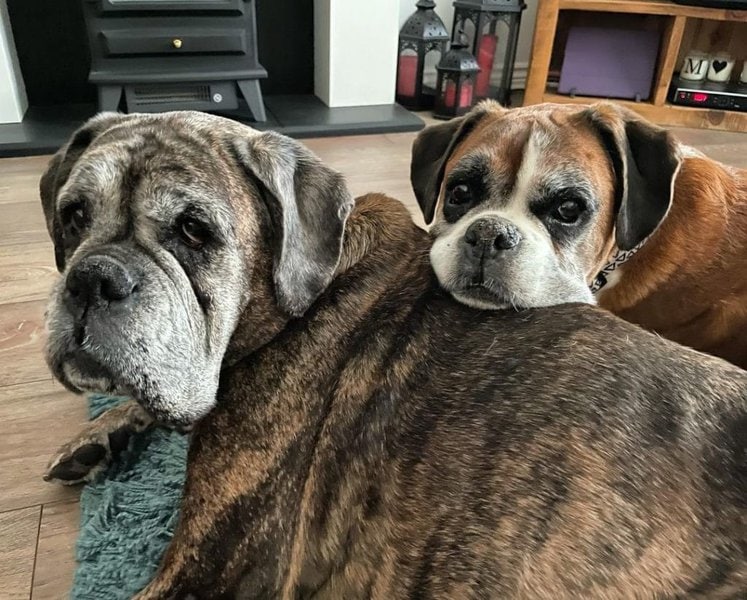
There are certain things that our four-legged pals are quite like us humans. One of these similarities is the changes in the coat color. As they age, their fur turns a little gray or even white.
Check for gray fur on their haunches, chest, or muzzle. But do note that sometimes, gray fur can also be a sign of anxiety or stress, so it is good to look for other signs, too.
Related Questions
How Many Human Years Are Dog Years? When a dog turns one year of age, this is equivalent to 15 years in human time. The next year is equal to 9 human years and each subsequent year is about 4 or 5 human years for a canine.
Can A Dog DNA Test Tell Age? Although there are certain DNA tests for humans that can give a rough estimate on the biological age, it does not work the same way with a dog DNA test. In fact, there is no dog DNA test at this time of writing that offers such a type of test, not even the Embark Dog DNA Test Breed Identification Kit.
How Many Days Is 1 Day For A Dog? Since human years are different from dog years, it also means that a day for us is different for a canine. In fact, 1 day or 24 hours for humans is equivalent to 7 days or a week for a dog. If they don’t see you for a day, it will seem like a long time to your pooch!





